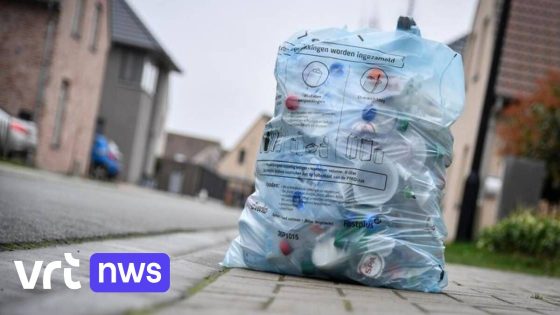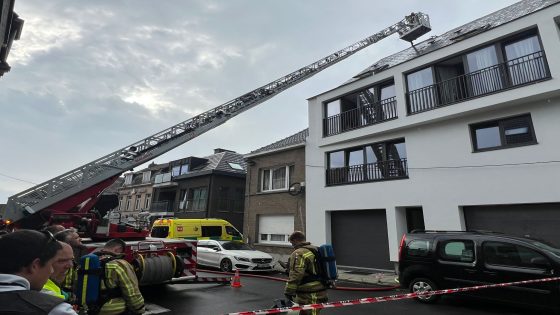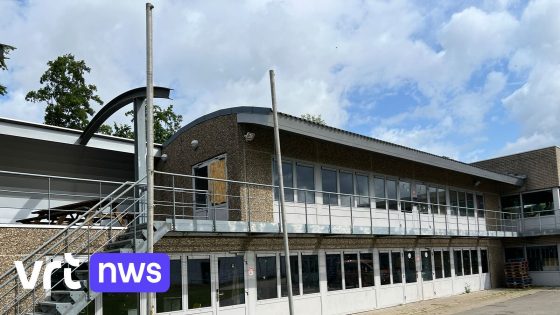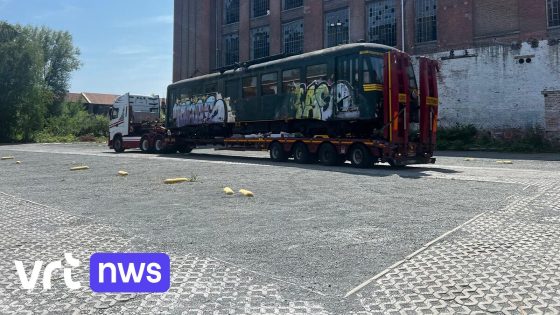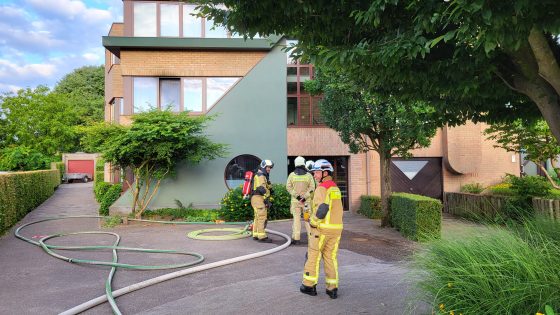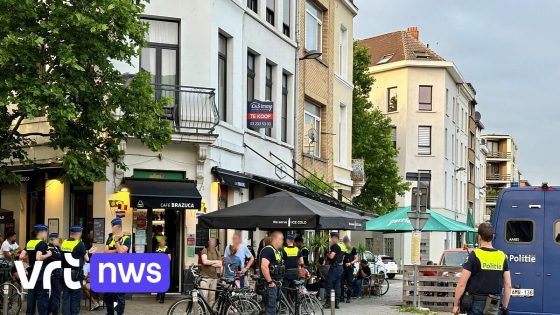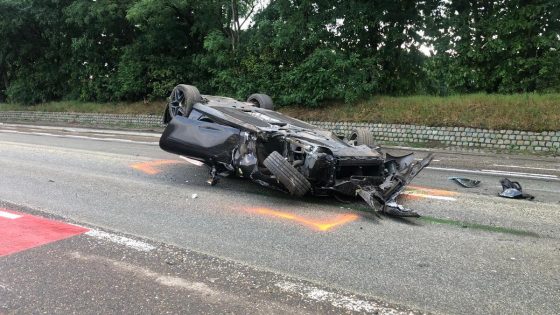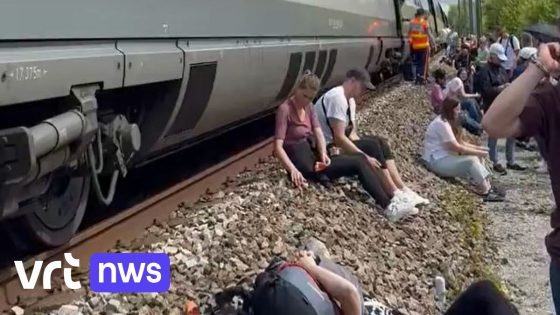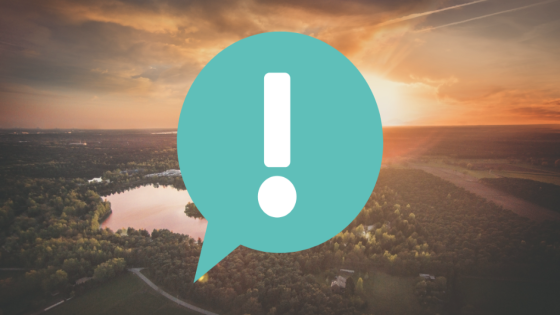Recycling rates in Belgium remain impressively high, with a particular focus on plastic bottles and cans. According to recent data shared by Flemish Parliament member Sanne Van Looy (N-VA), Vlaanderen continues to lead in sustainable waste management. These figures highlight the region’s commitment to environmental responsibility as of 2025-07-13 09:12:00.
- Vlaanderen blijft hoog scoren in recyclage
- 83,7% van plastic flessen ingezameld
- 94,1% van blikjes gerecycleerd in 2023
- Cijfers komen van Vlaams Parlementslid
- San Van Looy (N-VA) deelt data
In 2023, Vlaanderen recycled 83.7% of all plastic bottles and an outstanding 94.1% of cans collected. How does this compare to other regions in Belgium, and what does it mean for the future of recycling efforts? Understanding these numbers helps clarify the progress and challenges ahead.
With such high recycling percentages, Vlaanderen sets a benchmark for other Belgian regions. But can these rates be maintained or even improved? Let’s explore what this means for local communities and environmental policies.
What factors contribute to Vlaanderen’s success in recycling? It’s clear that coordinated efforts and public participation play key roles. Consider these points:
- Strong municipal collection systems ensure high recovery rates.
- Public awareness campaigns motivate residents to recycle correctly.
- Legislative support from regional authorities encourages sustainable practices.
- Innovations in recycling technology improve processing efficiency.
Looking ahead, maintaining and improving recycling rates will require continued collaboration between government, businesses, and citizens. How can Vlaanderen innovate further to reduce waste and boost sustainability? The challenge is clear, and the opportunity for positive impact is greater than ever.



